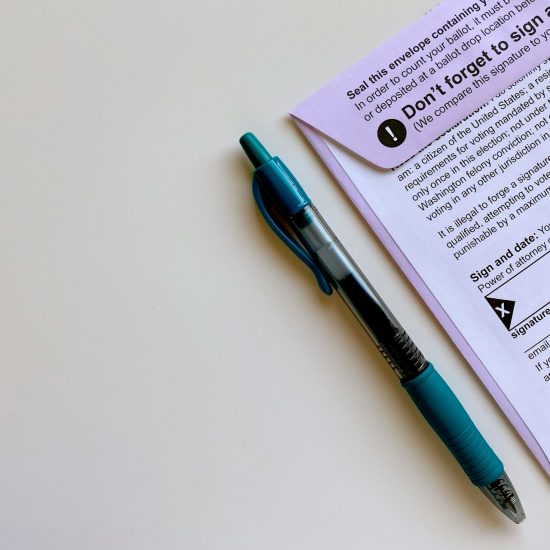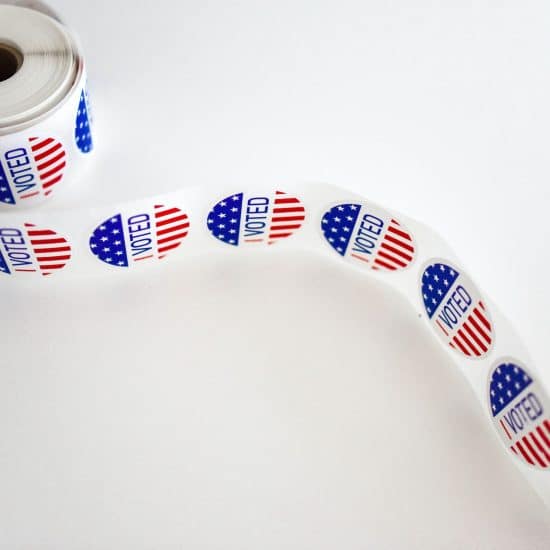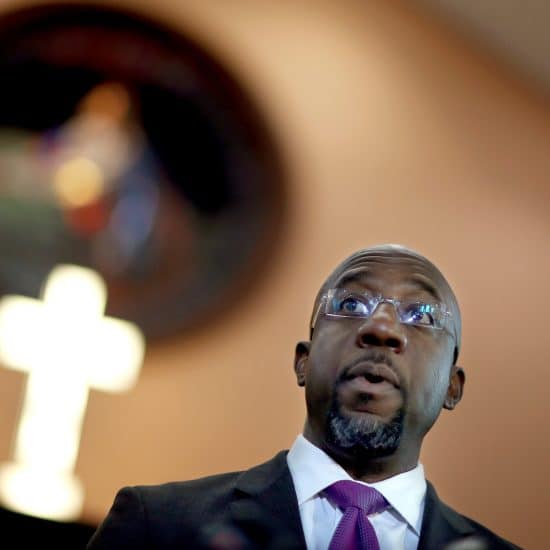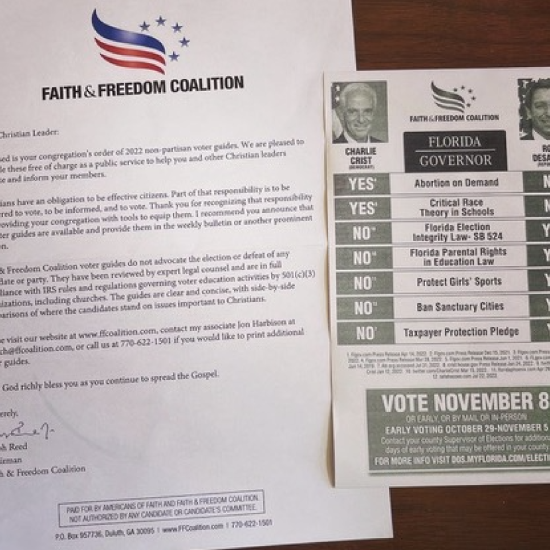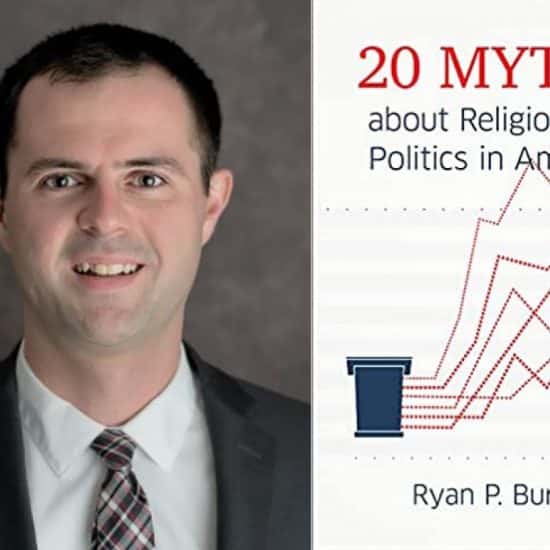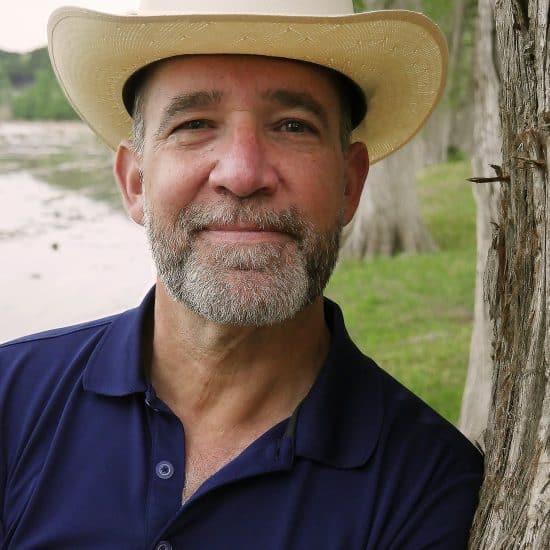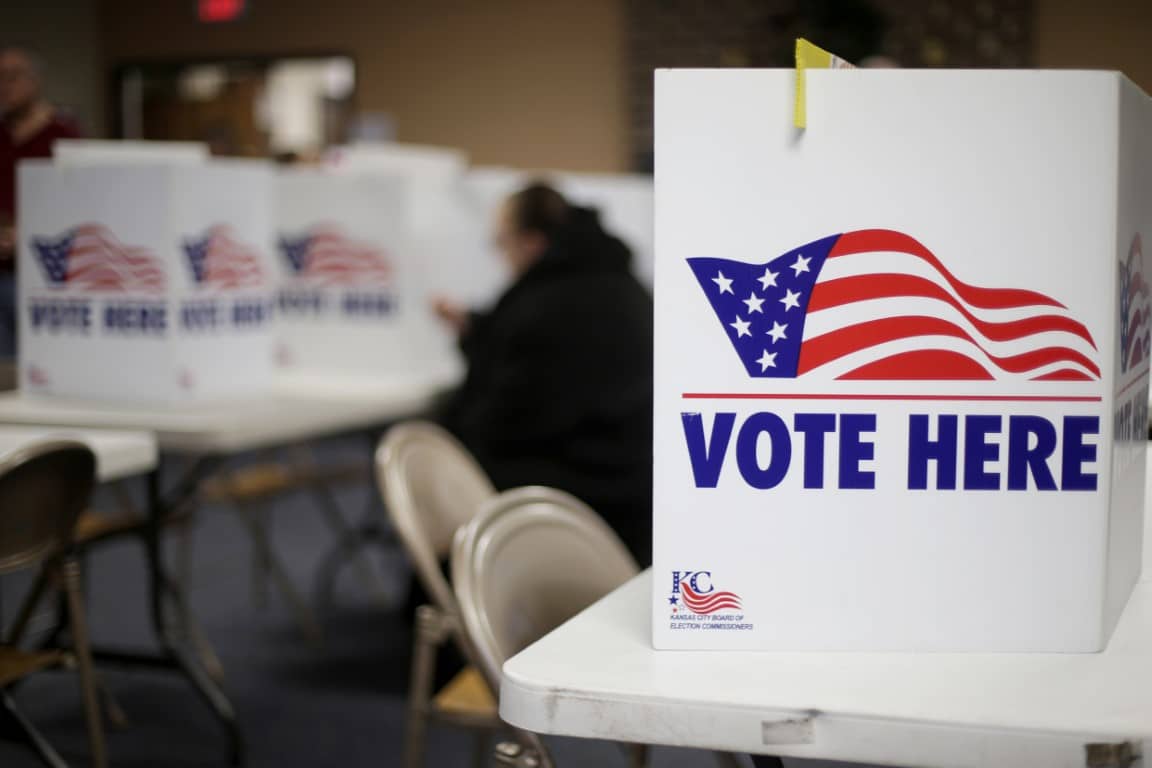
(THE CONVERSATION) – Houses of worship may be busier than usual come Election Day as Americans head to the polls rather than the pews.
A 2010 census of religious congregations identified nearly 350,000 churches, mosques, temples and other religious establishments attended by more than 150 million Americans, primarily for spiritual needs and social relationships. But during elections, such places double as centers of civic life – serving as community polling places.
In some electoral districts, houses of worship make up a significant number of all voting places, raising important issues about whether voting in a place of worship influences how people cast their ballots.
Church & State
Voting in religious spaces is nothing new.
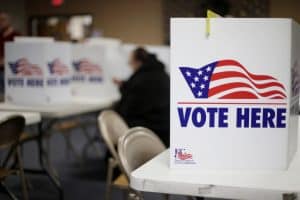
In this March 10, 2020 photo, a woman votes in the presidential primary election at the the Summit View Church of the Nazarene in Kansas City, Missouri. (Charlie Riedel/Associated Press)
Americans have long been casting their ballots in the same place where they or their neighbors worship. In early America, the town meeting house often served both religious and secular functions – with the same space housing prayer meetings, schooling and town business. Although the separation of church and state has largely moved the practice of religious and secular life into separate spheres, churches have continued to house voting booths.
As urban population densities have grown – more than 500% from 1910 to 2010 – election boards have been asked to identify polling sites that are large and empty enough to accommodate voters. They also need to be accessible and rent-free. Since government buildings can rarely accommodate these needs – indeed, less than 1% of polling sites in 2018 were specifically election offices – religious leaders have often offered their buildings as polling sites as a public service.
Although no national data on religious spaces as polling places exists, this arrangement appears to be very common. For example, 22% of polling sites for the 2020 general election in Minneapolis are houses of worship. In St. Louis, 27% of precincts vote in religious spaces and, in one ward, all eight of the polling places are churches.
Priming Voters
As a scholar who studies how social situations can influence attitudes, I believe where someone votes can subtly but significantly affect how they vote.
Social scientists have long understood that physical and social context shapes the way people think, feel and behave. Without even realizing it, most of us are likely to speak more quietly when talking about the possibility of visiting a library than when discussing plans to dine at an exclusive restaurant.
Each physical setting offers cues that, at least temporarily, prompt people to think and behave in ways consistent with stereotypes about that space. Scholars call this a “priming effect.” Sometimes this happens consciously as people realize that they are influenced by the situation. For example, you might feel serious and reverent while visiting a war memorial. Much of the time, however, people aren’t aware of the subtle priming influences of everyday spaces.
These unconscious influences can be powerful. For example, people in a business-themed room with briefcases and boardroom tables tended to act more competitive and self-interested in decisions than those making the same decisions in a classroom, researchers found. Similarly, on average, people who could see a sports drink rather than a bottle of water ran longer on a treadmill. And those hearing French music over supermarket loudspeakers were more likely to buy French wine than when German music was playing.
Ballot Bias
These effects extend to the polling booth.
In Arizona’s 2000 general election, citizens voting in schools were more likely to support a state sales tax increase to fund education than citizens with similar social and political characteristics who cast ballots elsewhere. In a related laboratory study, voters shown images of a school encouraged support for education-oriented taxation, whereas images of a church reduced support for stem-cell research.
In 2012, my colleagues and I asked approximately 100 participants from more than 20 different countries to answer questions about their political attitudes and feelings toward various minority groups while standing in front of a cathedral or City Hall in Maastricht, the Netherlands. Regardless of their own religious identity or beliefs, respondents who could see the church supported more conservative approaches to issues such as immigration, taxes, drug policies, warfare and abortion than those who could see City Hall. They were also more prejudiced toward minorities such as gay men and immigrants – especially those of Arab descent.
Our recent analysis of 2016 election data from Virginia reveals similar tendencies. Controlling for population, county-level religiosity and other factors, citizens casting their ballots in churches were significantly more likely to vote for Republican candidates than their nearly identical neighbors who were voting in secular venues. This effect was strongest for counties with the highest proportion of religious people. That is, when Christians vote in churches, they seem to be even more likely to vote for conservative candidates than when they vote outside of churches.
Further, which houses of worship are selected may invite more bias into the polling booth. When a single mosque was included as a polling site among more than 50 churches in Palm Beach County, Florida, in 2016, the county’s election board received complaints and threats of violence until they removed the mosque as a polling site.
Meanwhile, Christian churches are common polling sites even in communities that are not themselves predominantly Christian. As a result, some citizens who may feel stigmatized and threatened by religious institutions are expected to visit them to vote.
Although some non-Christian citizens have complained that voting in churches violates their rights, courts have consistently ruled that the availability of alternatives such as absentee voting means that having places of religion serve as polling stations does not represent a violation of the First Amendment of the Constitution, which guarantees the freedom of religion.
In other words, where you are can influence who you are, even when you don’t notice it. Although the influences of physical spaces are small and people are more likely to be influenced by these kinds of peripheral cues when they don’t already have strong opinions on a topic, elections can be decided by fractions of a percent – especially in consequential local races where people may enter the polling booth undecided, and thus be more susceptible to the influences of the space they’re in.
Jordan LaBouff is an associate professor of psychology and honors at the University of Maine.

